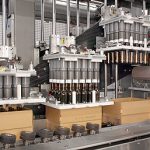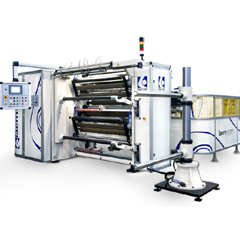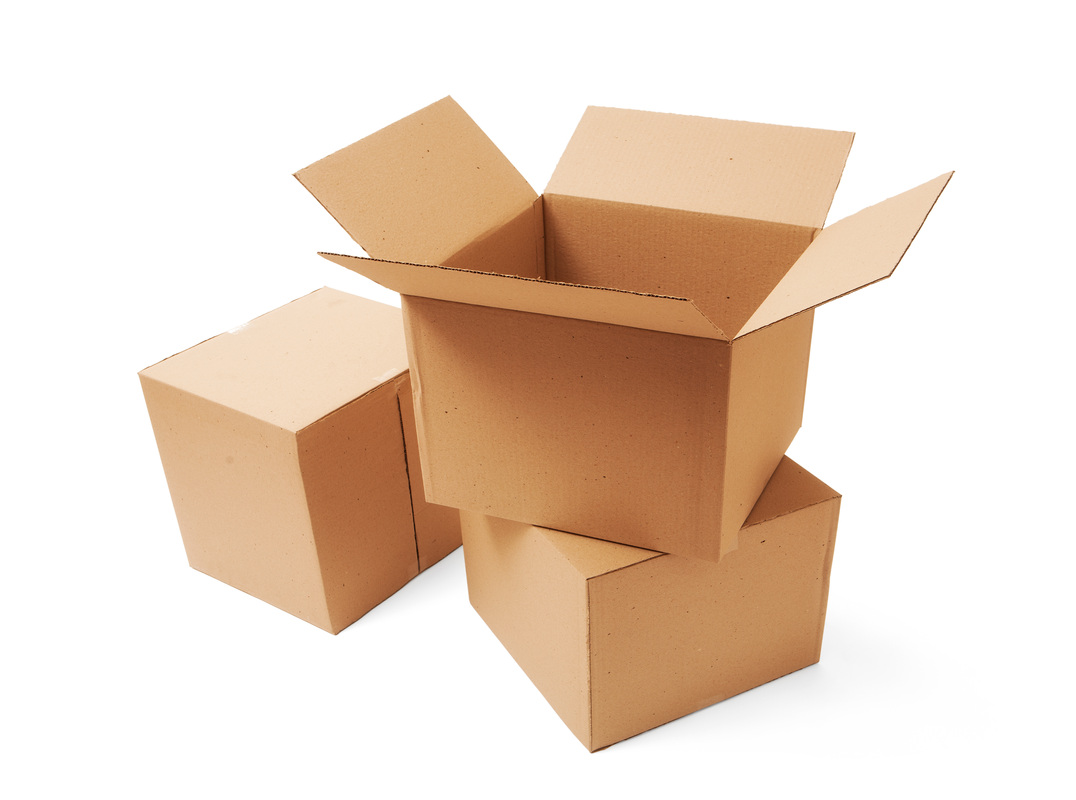It is said necessity is the mother of invention. Lack of efficient and sufficient labor force in the European World combined with high benchmark of quality has forced companies to invent machinery of different configuration, size, and complexity to suit their requirements. This requirement has given rise to a new set of business that of fabrication of machinery on turnkey basis, tailor made to the precise requirement of the companies.
We now trace commonly used machinery to understand the extent of automation possible. Automation has become necessary to achieve precision, zero error in sensitive applicability and to comply with governmental regulations.
The choice of machine depends on requirement of technique, labor interface/safety, maintenance, serviceability, reliability, main line integration, capital cost and floor space requirement, flexibility, energy consumption, quality of output in packaging, regulatory compliance, return on investment and other industry specific features.
Packaging machinery can be purchased/manufactured
- Standard machinery available off-the-shelf
- Custom-made or custom-tailored to specific operations
- Manufactured or modified by in-house engineers and maintenance staff
The general types of machines perform standard operations as mentioned below:
- Accumulating and Collating machines Functions in Collecting
- Blister packs: Bubble/skin packs and vacuum packing machines Base backing
- Bottle caps: Lidding, closing, seaming and sealing machines. Closing or sealing functions
- Box: Case and Tray forming, packing, unpacking closing and sealing Filling and closing
- Carton Machines
- Cleaning, Sterilizing, Cooling and Drying Machines
- Coding, Printing, Marking, Stamping and imprinting machines
- Converting machines
- Conveyor belts: accumulating and related machines
- Feeding, orienting, Placing and related machines
- Filling machines: Handling dry, powdered, solids, liquid, gas or viscose products
- Label dispenser
- Orienting, Unscrambling machines
- Palletizing, Depalletizing, unit load assembly
- Product identification
- Slitting machines
- Weighing machines, wrapping machines
- Other specialty machinery
The evolution in inventing different machines is an on going process. Amongst the latest are the robots. In many modern companies, the quality and production departments are coming together to evolve robots that can perform same mechanical functions umpteen number of times without losing efficiency.
Document automation (also known as document assembly) refers to designing systems and workflows that automatically help in preparation of electronic documents. This may include logic based systems that use pre-existing text and/or data to assemble a new document. This process is becoming extremely popular and is increasingly used internally to generate legal documents, Delivery notes, contracts and letters. Document automation systems can also be used to automate all conditional text, variable text, and data contained within a set of documents, especially to develop cost accounting, Inventory, Sales invoicing and others.
The major advantage of Automation systems is that it facilitates companies to minimize data entry, reduce the time spent proof-reading, and reduce the risks associated with human error, thereby increasing the accuracy and trust. Additional benefits include: savings due to decreased paper handling, document loading, storage, distribution, postage/shipping, faxes, telephone, labor and minimize wastage
This has come a long way from a simple packing and labeling.





